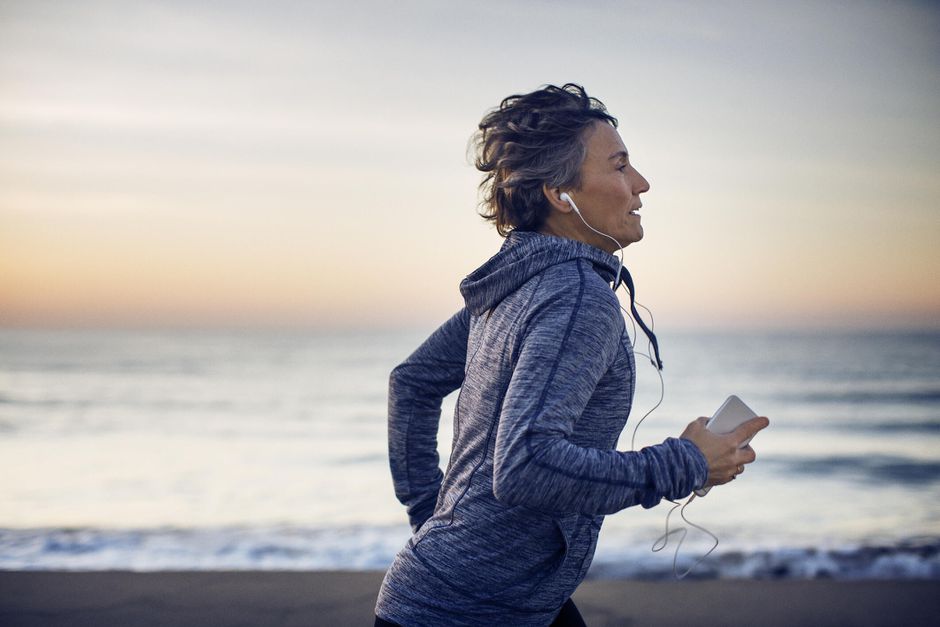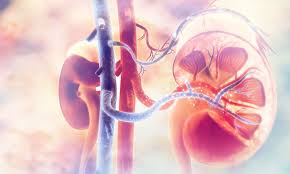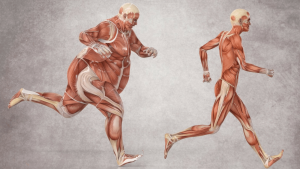Have you noticed that your body has started to change now that you’ve hit middle age? It’s common to see changes on the scale and how your clothes fit as you get older, but this doesn’t have to impact your health.
While you can’t necessarily stop or reverse all the changes that come with getting older, engaging in physical activity, following a balanced diet, and living a healthy lifestyle can help you stay fit as you age. Here are a few things you can do to achieve all of these.
Be an Expert in Your Own Health
Once you know your health history, connect with your doctor to get personalized advice to improve your health as you get older. For example, if you find out that you have a family history of high blood pressure, find out how changes to your lifestyle can help you avoid medication in the future.
In many cases, maintaining a healthy weight can reduce or prevent disease. Understanding the specific benefits of a healthy weight can serve as motivation to slim down.
Manage Your Diet
Adopting dietary changes that are sustainable can help you manage your weight. Changes should be slow, but reasonable and attainable. For example, you may want to reduce sweets as opposed to stop eating sweets altogether. Here are a few tips to get started.
Reduce Your Calorie Intake
If you want to lose weight at any age, using more calories than you take in is important. This is referred to as creating a calorie deficit. Cutting down on how much you eat is one way to achieve this type of deficit.
Keeping a food journal can help. Record what you eat during the day and the calories in each item to make sure you stay within your desired range. Or, a simpler method is to just cut down your portion sizes. This reduces your calorie intake without having to write everything down.
Consume Nutrient-Dense Foods
Not all calories are the same. Some are what we call “empty calories” or calories that are essentially void of any real nutrition. Then there are nutrient-dense foods that supply a lot of vitamins and minerals per volume, making them better for our health and wellness.
The 2020-2025 Dietary Guidelines for Americans stress that older adults have increased nutrient needs due to a reduced calorie intake, nutrient absorption issues, medications, chronic health conditions, and more.8 Consuming nutrient-dense foods can help meet these expanded needs.
Foods that contain a lot of nutrients for the calories they provide include lean meats, whole grains, and a variety of fruits and vegetables. Nuts, seeds, and legumes are also nutrient-dense foods, making them great additions to your diet.
Eat Enough Protein
In her book Keep It Up, Dr. Comite lists the benefits of eating the right amount of protein. For instance, it can help you to feel full longer while also assisting with building and repairing your body’s tissues. Plus, the process of eating protein burns more calories.
Research supports protein’s role in long-term health.9 Some health experts even suggest that consuming high-quality protein at each meal may delay or reduce the progression and/or consequences of sarcopenia, another term for age-related muscle loss.10
How much protein do you need as an older adult? Dr. Comite recommends consuming 1.2 to 1.4 grams of protein per kilogram of body weight. For example, a 150-pound person weighs roughly 68 kilograms, which equates to 81.6 to 95.2 grams of protein daily.
If following the other health experts’ advice, this would mean consuming approximately 25 to 30 grams of protein per meal (assuming a 3-meal per day eating pattern). Lean meat, seafood, eggs, and dairy products are all foods that are higher in protein.
Boost Your Activity Level
Even though hormones play a role in the aging process, lifestyle comes into play as well. Have you stopped doing daily chores like carrying groceries, shoveling snow, or mowing the lawn? If so, this probably means that you burn fewer calories every day.
If you have no limiting health conditions and are generally fit, the Centers for Disease Control and Prevention (CDC) recommends getting at 150 minutes of moderate-intensity aerobic activity per week for healthy aging, plus two days per week of strength training.11
Balance Your Workouts
It’s great if you do any exercise daily. But as you age, a balanced workout program becomes more important. A varied program can help offset hormonal changes that happen with aging while improving balance and flexibility.12 Elements to include in your workouts are:
Strength training: Resistance or strength training has specific benefits as you age. Among them are improving your functional movement, healthier body composition, and preventing bone fractures.13
Aerobic training: Doing cardiovascular activity regularly, such as taking brisk walks or swimming, can help you maintain a healthy body (and weight) while also boosting your stamina.14
Flexibility training: Stretching exercises can increase the range of motion in your joints. This helps your body stay limber and comfortable through activities of daily living.
Stability training: Keep a strong, stable body by adding stability exercises to your routine. They take just minutes to perform but help improve your balance while reducing your risk of falls.15



